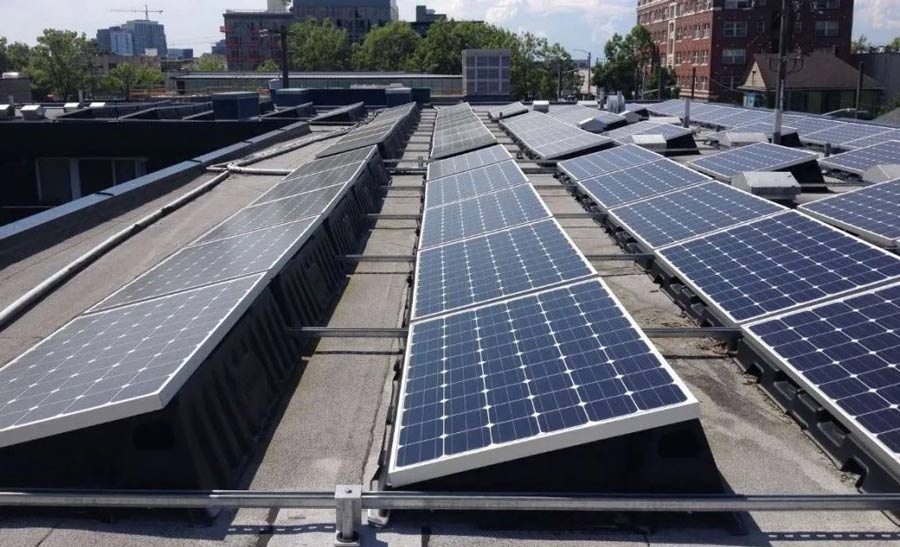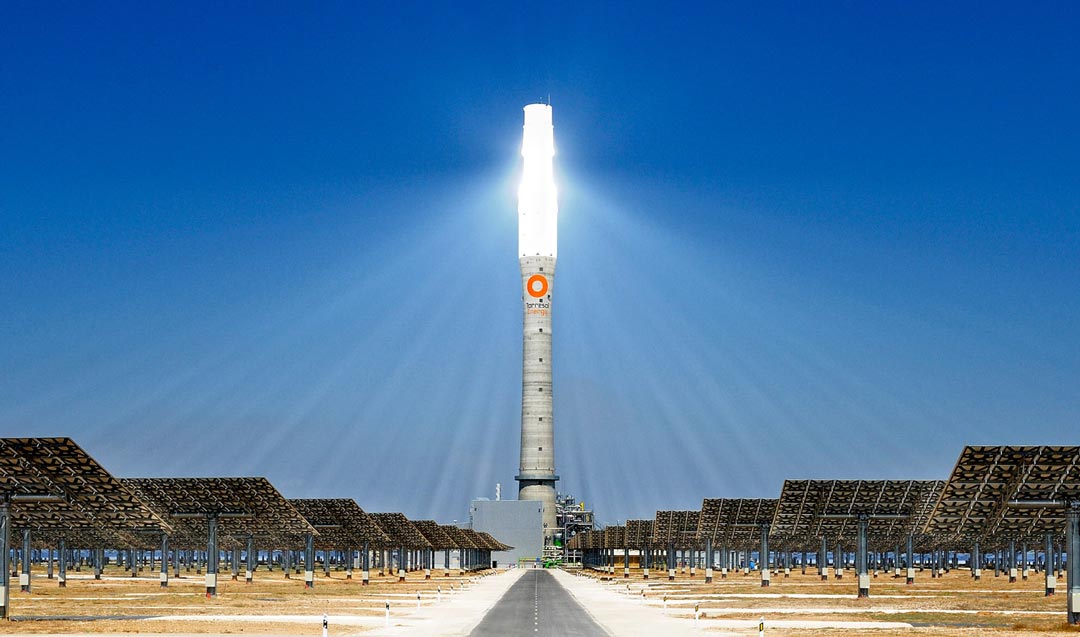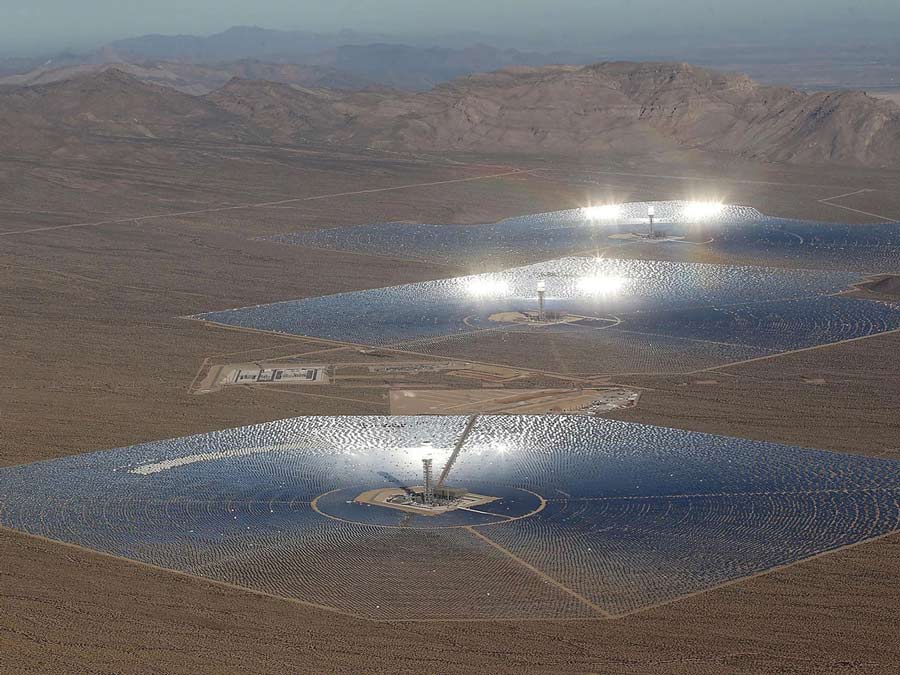One of the fictions in Spark is black grass.
Current trends in solar use only a portion of the electromagnetic spectrum to provide energy. Solar panels (rooftop, satellite, etc.#) use primarily the visible spectrum – red to violet.
Solar thermal facilities, like Solar Two, use mostly the infrared part. Both have advantages and both leave a lot of energy unused in terms of producing electricity.
In the first few drafts of Spark, I had long-winded descriptions of black grass. In theory (and Spark) a carpet of black grass absorbs energy all along the EM spectrum and provides a way to deal with one of the major downsides of solar thermal – smokers. “Smokers” are what workers at solar thermal plants call birds that happen to wander through the concentrated reflections of the mirror farms. Feathers ignite and the burning birds leave trails of smoldering feathers as they fall to earth. Smokers.
Black grass created a booming business (Solar Prime) for Hecker Van Horne and made Solar Prime Augmented Reality Park a possibility. Those descriptions got cut.
For the scifi uber geeks out there (like me) who used to have blueprints of the Enterprise on their bedroom walls, here it is, from Draft 3A:
Janne had originally been developed to take care of the Solar Prime Black Grass Farm.
Black Grass itself was relatively easy to manufacture. Blades were grown through the fractal deposition of Carbosilicate-Unobtanium onto a seed that allowed the transmission of the resulting current into the wiring grid below. The blades themselves were physically oriented to the strongest radiation source by a dithering process. That process was where Janne came in. There were four blades of Black Grass per square centimeter. That meant that there were just under 750 billion blades of grass that needed to be continually reoriented. Additionally, the grid had to be managed so that the power generated made its way to Solar Primes customers. In order, those customers were: Spark, the electrical grid of the United States, and the hydrogen fuel cell product line. Janne had grown out of that need.
Neural Network and AI research had progressed rapidly. Van Horne Labs were into both, but HVH had been disappointed at early results. True, there were a lot of pseudo-AI applications that had contributed to his fortune and, he hoped, had made the world a better place. When they had brought him news of Janne, he had been skeptical. It had been ostentatiously named Sargon AI. HVH got the Star Trek reference but had renamed the project Janne – Just Another Neural Network Experiment. It had stuck.




